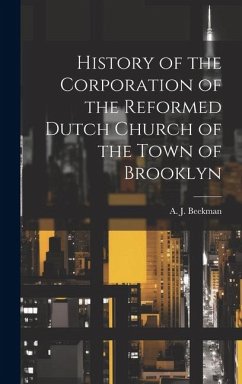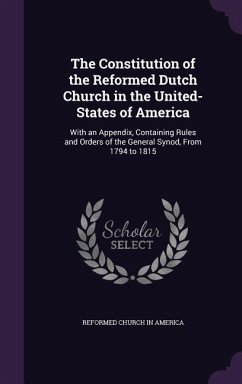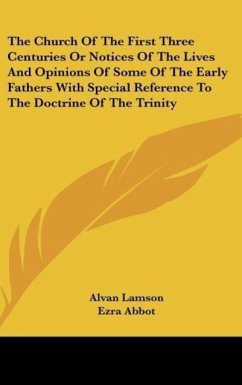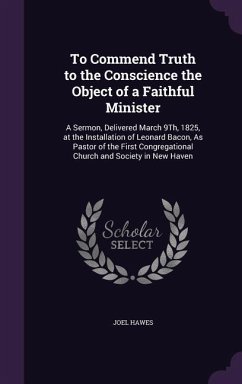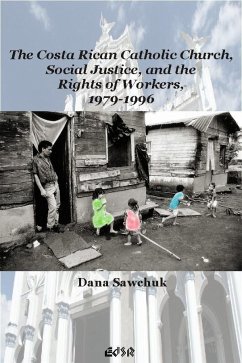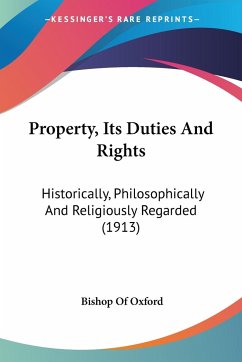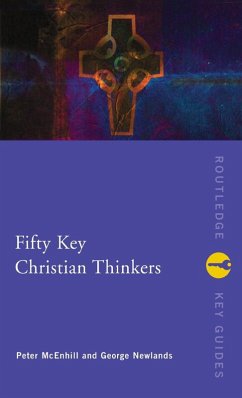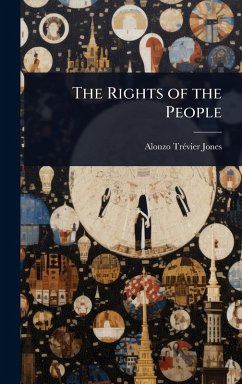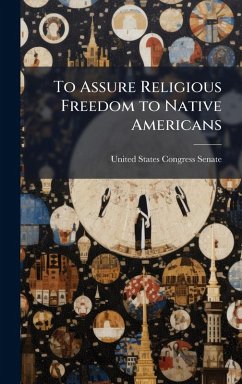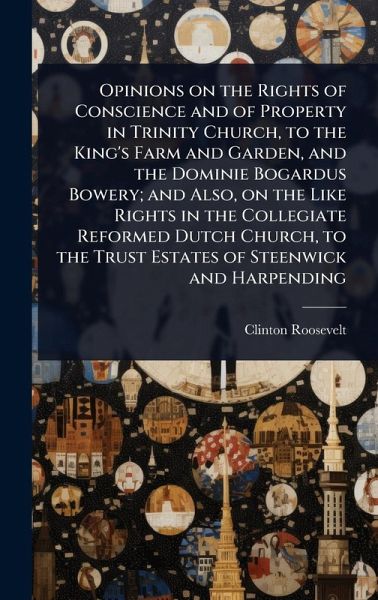
Opinions on the Rights of Conscience and of Property in Trinity Church, to the King's Farm and Garden, and the Dominie Bogardus Bowery; and Also, on the Like Rights in the Collegiate Reformed Dutch Church, to the Trust Estates of Steenwick and Harpending
Versandkostenfrei!
Versandfertig in über 4 Wochen
26,99 €
inkl. MwSt.
Weitere Ausgaben:

PAYBACK Punkte
13 °P sammeln!
In "Opinions on the Rights of Conscience and of Property in Trinity Church," Clinton Roosevelt delves into the intricate relationship between religious institutions and property ownership in early America. This historical analysis examines the claims and rights of Trinity Church, the Collegiate Reformed Dutch Church, and related entities to significant land holdings, including the King's Farm and Garden, and the Dominie Bogardus Bowery. Roosevelt's work provides valuable insights into the legal and ethical considerations surrounding religious freedom, property rights, and the complex interplay...
In "Opinions on the Rights of Conscience and of Property in Trinity Church," Clinton Roosevelt delves into the intricate relationship between religious institutions and property ownership in early America. This historical analysis examines the claims and rights of Trinity Church, the Collegiate Reformed Dutch Church, and related entities to significant land holdings, including the King's Farm and Garden, and the Dominie Bogardus Bowery. Roosevelt's work provides valuable insights into the legal and ethical considerations surrounding religious freedom, property rights, and the complex interplay between church and state. A crucial resource for understanding the historical context of religious institutions' roles in shaping the American landscape and legal system. This work has been selected by scholars as being culturally important, and is part of the knowledge base of civilization as we know it. This work was reproduced from the original artifact, and remains as true to the original work as possible. Therefore, you will see the original copyright references, library stamps (as most of these works have been housed in our most important libraries around the world), and other notations in the work. This work is in the public domain in the United States of America, and possibly other nations. Within the United States, you may freely copy and distribute this work, as no entity (individual or corporate) has a copyright on the body of the work. As a reproduction of a historical artifact, this work may contain missing or blurred pages, poor pictures, errant marks, etc. Scholars believe, and we concur, that this work is important enough to be preserved, reproduced, and made generally available to the public. We appreciate your support of the preservation process, and thank you for being an important part of keeping this knowledge alive and relevant.



